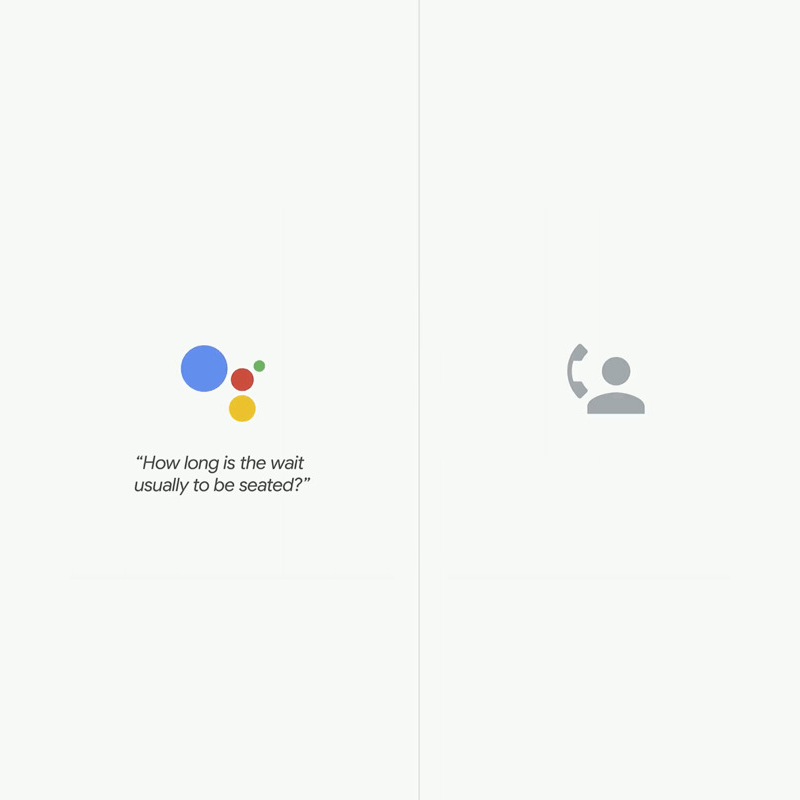
Google has expanded far beyond just a search engine, and it has reassured the world that AI has a place to live in the society.
During the 2018's I/O developer conference, Google is showing that the event is no longer all about introducing new version of Android. During the keynote stage, the company showed off some advancements in AI, including a demo of how a human-like assistant caller can call a restaurant and a hair salon to book an appointment on the user's behalf.
"A long-standing goal of human-computer interaction has been to enable people to have a natural conversation with computers, as they would with each other," said Google on its blog post. "In recent years, we have witnessed a revolution in the ability of computers to understand and to generate natural speech, especially with the application of deep neural networks."
Powered by Google Duplex, the voice assistant that can speak in both female and male voices, was able to handle interruptions, understand incomplete sentences and replicate the pauses that are common in speech. It even says things like "umms" and "ahs" in between conversation.
Here are examples of Duplex making phone calls using different voices:
According to Google, this advancement of AI can help hearing-impaired users, or people who don't speak local language where they're at.
"The system makes the conversational experience as natural as possible, allowing people to speak normally, like they would to another person, without having to adapt to a machine," Google engineers wrote in a blog post.
Unveiled at the conference by Google CEO Sundar Pichai, Duplex is an AI voice technology that sounds just like a human. Used with the Google Assistant, it's Google's attempt to rival Amazon's Alexa and Apple's Siri digital assistants.

At the core of Duplex, is a recurrent neural network (RNN). Built using TensorFlow Extended (TFX), Google trained Duplex’s RNN on a corpus of anonymized phone conversation data. The network uses the output of Google’s automatic speech recognition (ASR) technology, as well as features from the audio, the history of the conversation, the parameters of the conversation (e.g. the desired service for an appointment, or the current time of day) and more.
"We trained our understanding model separately for each task, but leveraged the shared corpus across tasks. Finally, we used hyperparameter optimization from TFX to further improve the model," explained Google.
But this is where the problem started: it has been criticized for sounding too human.
Critics worry that people won't be able to tell they're speaking to a robot, just like during the demo that the person on the other end of the line didn't know that they were talking to a robot. Many observers felt that the assistant should at least have identified itself as a robot.
Some see this as a technology to deceive humans, saying that the deception is not right.
Google defended itself by saying:
"We need to be thoughtful about how we have this interaction while we're experimenting with it," said Yossi Matias, Google's vice president of engineering,.
Initially, the AI assistant is limited to natural conversations in a few specific settings, and it cannot carry out general conversations.
Related: 'Tacotron 2' AI From Google Is Able To Generate Voice Indistinguishable From Humans